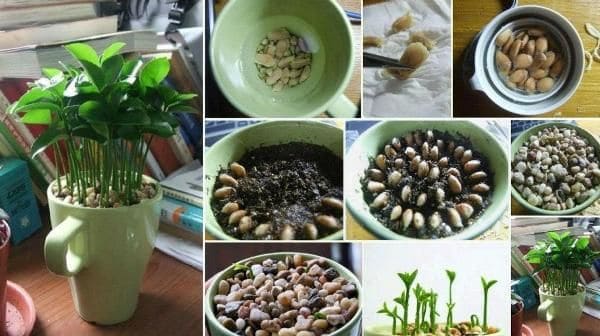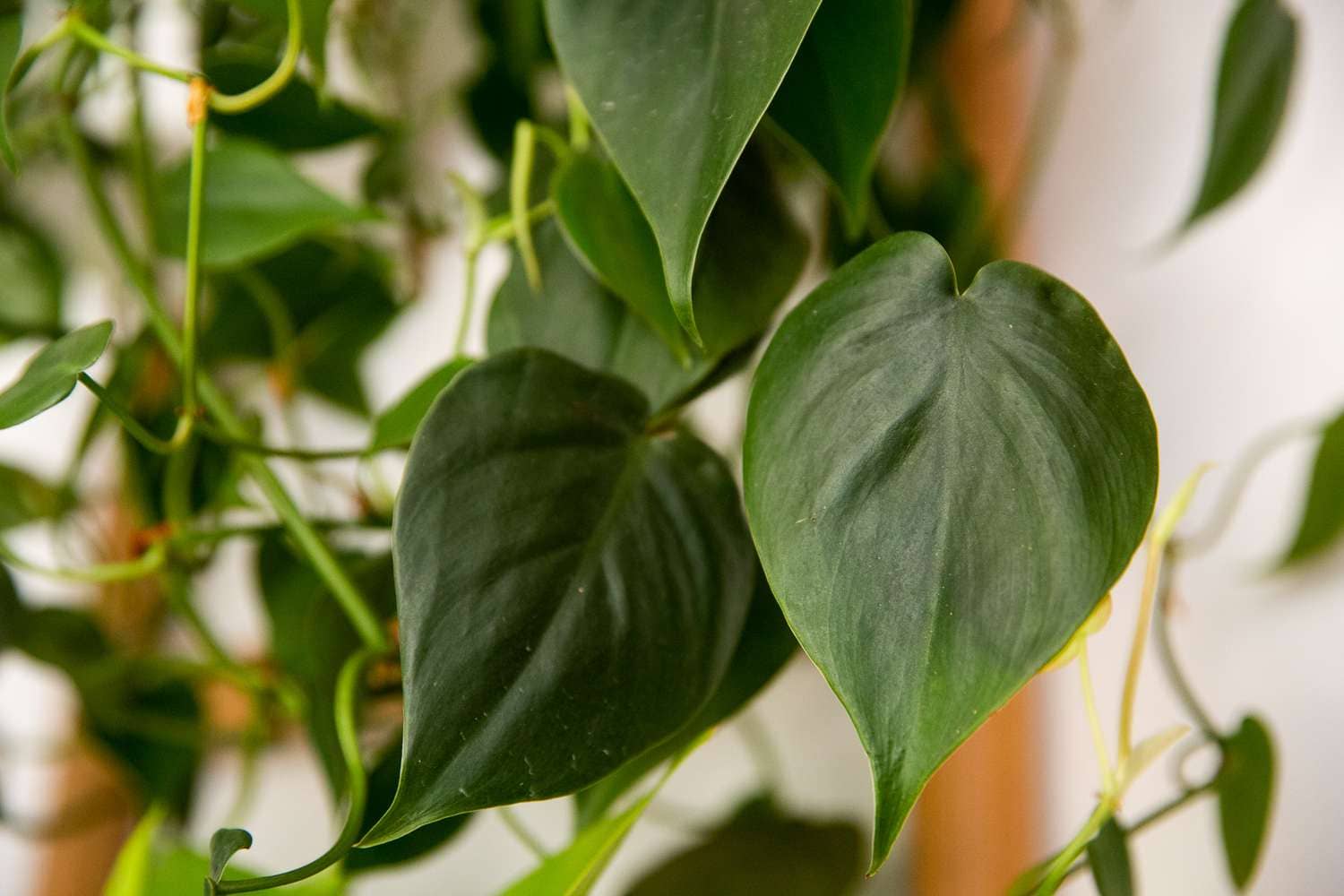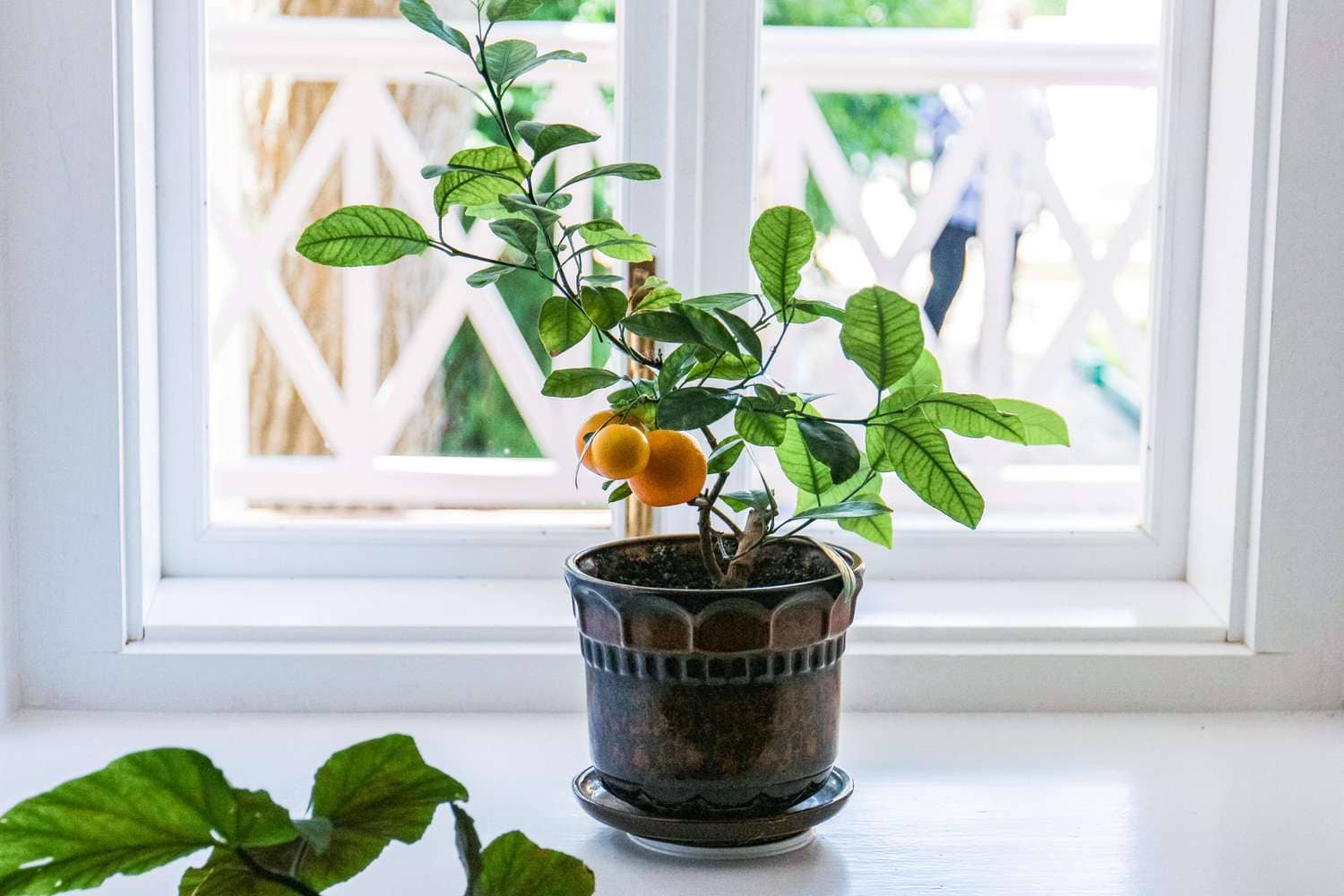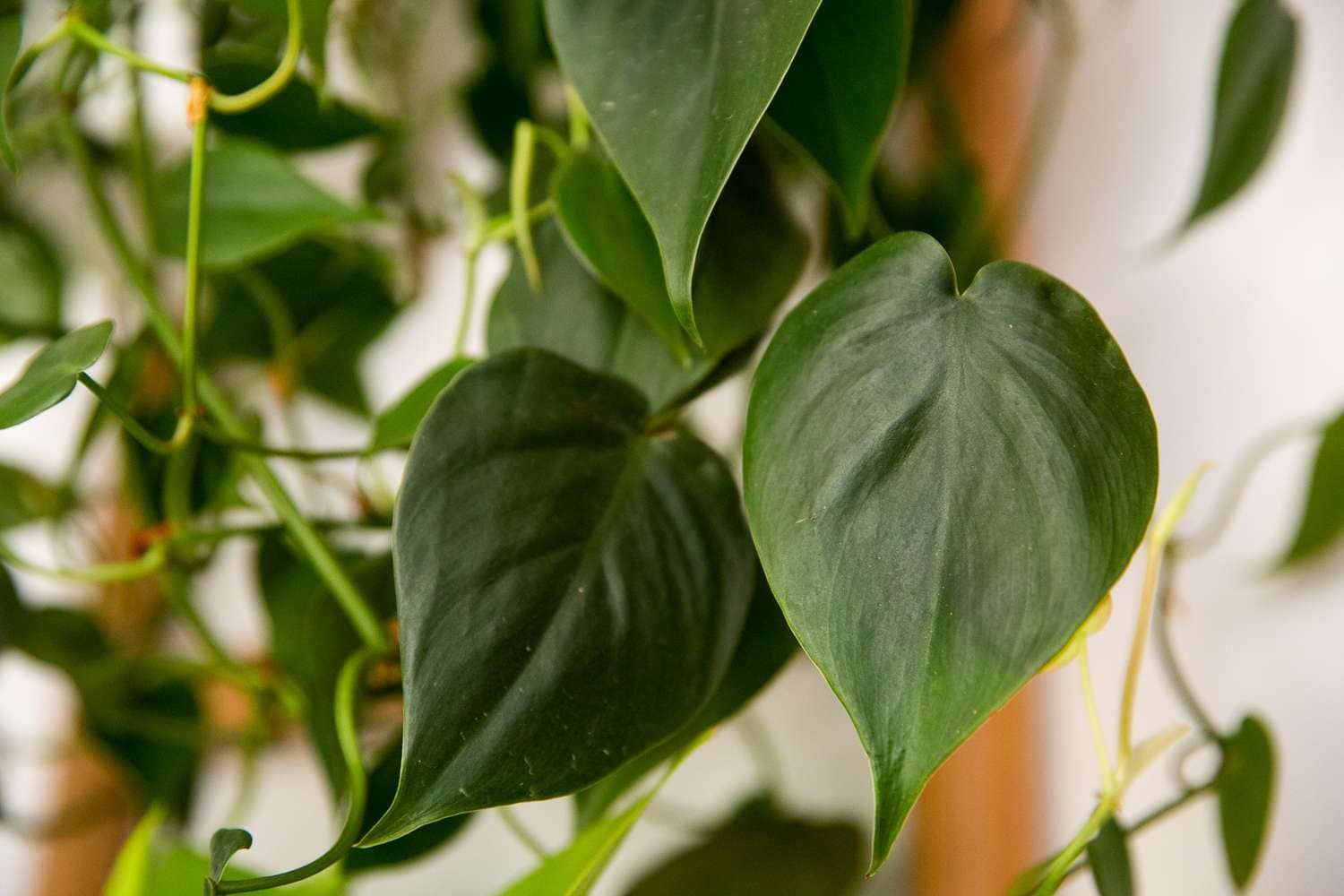Introduction:
Snake plants (Sansevieria trifasciata) are renowned for their resilience and air-purifying properties, making them a popular choice for indoor gardening enthusiasts. However, even these hardy plants are not immune to issues like mold infestation. Mold growth on snake plants not only detracts from their aesthetic appeal but can also harm their health if left unattended. In this comprehensive guide, we’ll delve into the causes of mold on snake plants, how to identify it, preventive measures, and effective treatment methods.
Identifying Mold on Snake Plants:
Mold growth on snake plants can manifest in various forms and colors, ranging from fuzzy white patches to black spots. Here are some common signs to look out for:
- White Fuzzy Growth: This type of mold often appears on the soil surface or along the base of the leaves. It may resemble cotton-like clusters and is typically caused by excessive moisture.
- Black Spots: Black mold spots can develop on the leaves, especially in areas where water accumulates. These spots may start small but can quickly spread if not addressed promptly.
- Slimy Residue: In severe cases, mold growth may produce a slimy residue on the plant’s surface, indicating advanced infestation.
Causes of Mold on Snake Plants:
Understanding the underlying causes of mold growth is crucial for effective prevention. Some common factors contributing to mold infestation on snake plants include:
- Overwatering: Snake plants are drought-tolerant and prefer dry conditions. Overwatering can lead to waterlogged soil, creating an ideal environment for mold growth.
- Poor Drainage: Inadequate drainage in the plant’s pot can exacerbate moisture retention, increasing the likelihood of mold formation.
- High Humidity: Snake plants thrive in moderate to low humidity levels. High humidity, especially in poorly ventilated areas, can promote mold growth on both the plant and its surrounding soil.
- Improper Air Circulation: Stagnant air around the plant can encourage mold proliferation. Placing the snake plant in a well-ventilated area can help mitigate this risk.
Preventive Measures:
Taking proactive steps to prevent mold infestation is key to maintaining the health and vitality of your snake plant. Here are some preventive measures to consider:
- Optimal Watering Practices: Allow the soil to dry out between watering sessions, and always check moisture levels before adding more water. Ensure proper drainage by using pots with drainage holes and a well-draining potting mix.
- Humidity Control: Monitor humidity levels in the plant’s environment, especially during humid seasons. Using a dehumidifier or placing a bowl of silica gel near the plant can help absorb excess moisture.
- Good Air Circulation: Position the snake plant in an area with adequate air circulation to prevent stagnant air and promote drying of the soil and foliage.
- Regular Maintenance: Inspect the plant regularly for signs of mold or other issues. Promptly remove any dead or decaying foliage to prevent mold from spreading.
Treating Mold on Snake Plants:
If mold growth is already present, timely intervention is crucial to prevent further damage. Here are some effective treatment methods:
- Isolate the Plant: If mold is confined to specific areas, such as the soil surface or a few leaves, carefully isolate the affected parts to prevent the spread of spores.
- Remove Affected Parts: Trim off any visibly moldy leaves or stems using clean, sterilized scissors. Dispose of the removed plant material properly to prevent contamination.
- Adjust Watering Routine: Allow the soil to dry out completely before watering again, and adjust your watering frequency to prevent waterlogging.
- Apply Antifungal Treatment: For severe mold infestations, consider using a mild antifungal solution, such as neem oil or diluted hydrogen peroxide, to treat the affected areas. Follow the product instructions carefully.
- Improve Air Circulation: Enhance air circulation around the plant by placing it near a fan or opening windows to promote drying and discourage mold growth.
Conclusion:
Mold infestation can pose a threat to the health and vigor of snake plants, but with proper care and preventive measures, it can be effectively managed. By understanding the causes of mold, implementing preventive strategies, and taking prompt action when necessary, you can ensure that your snake plant remains a vibrant and thriving addition to your indoor space.
This article offers a detailed exploration of mold issues concerning snake plants, from identification to prevention and treatment, providing readers with valuable insights to safeguard their beloved green companions.





